Biological Processes and Interactions
Photosynthesis: Harnessing the Energy of the Sun
MINDS ON
Some Key Terms
Look for these terms in this Activity. You should practice using them as you compose your responses to the upcoming tasks.
Realize, though, that this list is not exhaustive so you should look for opportunities to include other relevant terminology related to photosynthesis.
| Photophosphorylation | electron transport chain | proton gradient |
| light-dependent reactions | light-independent reactions | thylakoid |
| chlorophyll | stroma | photosystem |
| carbon fixation | ATP synthase | potential energy |
Leaf Structure
The main photosynthetic organ in vascular plants is the leaf.

The two main reactants of photosynthesis are controlled through specialized structures in the leaf. CO2 is allowed into the air spaces of the spongy mesophyll by stomata. Stomata open and close to balance the intake of CO2 with water loss through transpiration. H2O is transported by passive transport through xylem from the roots. As water is consumed in photosynthesis, or lost through transpiration, the decrease in the relative amount of water in the leaf drives osmosis of water from the roots.
The overall chemical equation for photosynthesis is: 6 H2O + 6 CO2 → 6 O2 + C6H12O6
In autotrophs like plants, however, photosynthesis is made up of smaller reactions that are performed in different locations in the cells in a leaf.
Take a moment to review the structure of the leaf.
LeafQuiz
Energy
Matter and energy that flow through an ecosystem are summarized in the video below.
Before we examine photosynthesis up close we need to remind ourselves of two important forms of energy. Light energy is an obvious form of energy to consider in any discussion of photosynthesis. In addition to chemical potential energy (definition:the energy stored in the bonds of biological molecules.)in molecules, concentration gradients store potential energy. You will remember in the previous Activity that we saw that diffusion is an example of passive transport as it leads to an increase in disorder. If a membrane separates a concentration gradient then the molecules on the more concentrated side have the potential to move down the concentration gradient. As we learned in the last Activity, how they get across the membrane depends on the type of molecule.
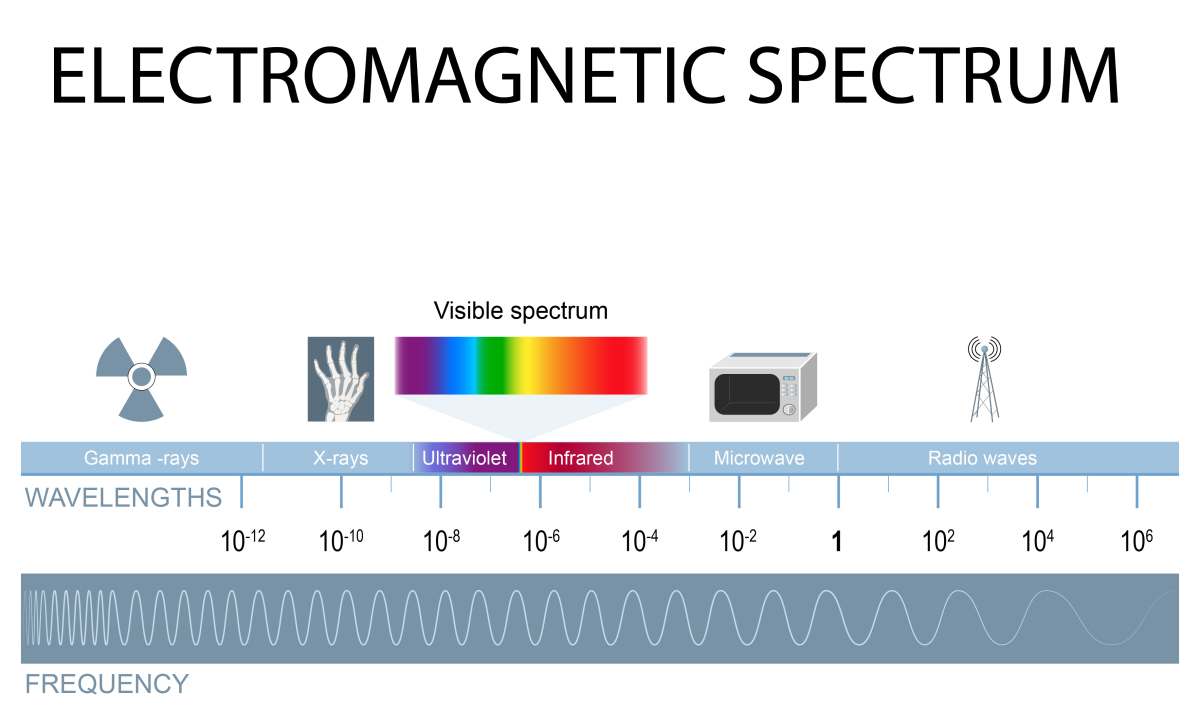
In order for the energy in light to be converted into other forms of energy it must first be absorbed. In the late 19th century, German physiologist Theodor Engelmann first studied the effect of different colours of light on photosynthesis. It was known at the time that aquatic plants produced bubbles of oxygen gas in the presence of light. Also, it was known that aerobic organisms could survive from the oxygen produced by plants. Engelmann’s simple yet effective experiment is summarized in the following video.
 How does understanding change?
How does understanding change?
Understanding 23. Identify the independent and dependent variables in this experiment. List the controlled variables Engelmann might have used.
Engelmann concluded that the red and purple colours were absorbed. These wavelengths of light were used in photosynthesis to produce oxygen, thereby attracting the mobile bacteria. The green and yellow wavelengths of light, however, were not used to produce oxygen and must have been reflected. The dominant green colour in many photosynthesizing plants is caused by a pigment (definition: a biological molecule that absorbs specific wavelength of light and reflects the others.)called chlorophyll. Also interestingly, Engelmann noticed that the bacteria were most densely distributed around the chloroplasts of the spirogyra. We will further examine the role of chlorophyll and chloroplasts later in this Activity.
ACTION
Steps in a Process
A few decades after Engelmann’s experiment with algae and light, British physiologist Frederick Blackman began an experiment using Elodea, an aquatic plant. Blackman was able to measure the rate of photosynthesis by counting the number of oxygen bubbles produced over a period of time. He kept the colour of the light constant as white. Instead he changed the intensity of the light by moving the light closer to the Elodea. He also kept the amount of CO2 dissolved in the water constant and low.
 Blackman's Experiment
Blackman's Experiment
We can simulate Blackman’s experiment.
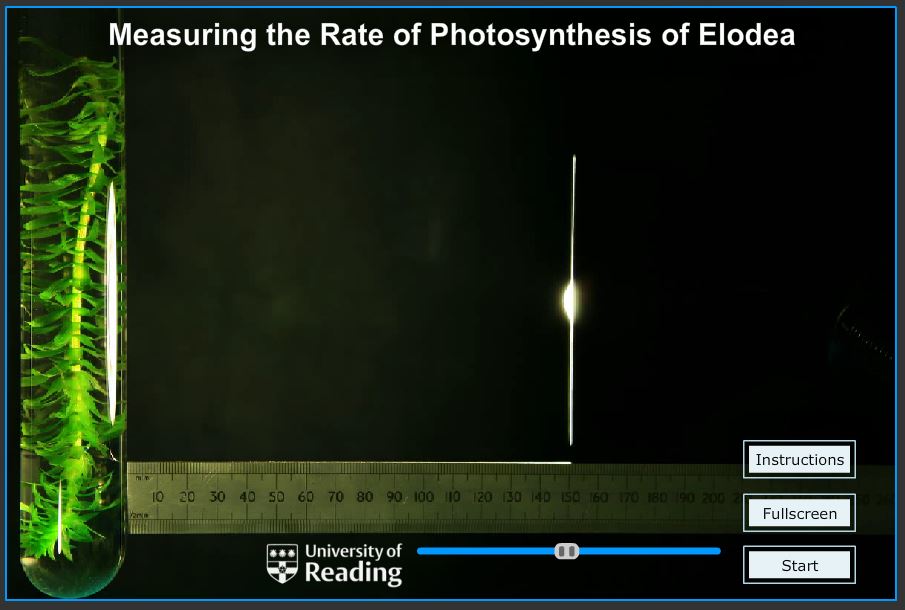
Run the experiment with 0.5 for the CO2 level for at range of at least 7 different levels of light intensity. Make a graph of your results.
 Blackman's Experiment Revisited
Blackman's Experiment Revisited
Let’s repeat the experiment, this time with 0.5 for the light intensity and a range of at least 7 different levels of CO2.

Make a graph of your results on a new graph.
 Blackman's Experiment One Last Time
Blackman's Experiment One Last Time
Let’s try one more experiment to clear up this surprising result. Run the experiment with 1.5 for the CO2 level and a range of at least 7 different levels of light intensity.

Make a graph of your results on the first graph.
Blackman also concluded that photosynthesis must proceed in two separate and coupled reactions: light-dependent reactions (definition:the series of biochemical reactions in photosynthesis that use light energy to produce products with chemical potential energy.) and light-independent (definition:the series of biochemical reactions in photosynthesis that do not use light energy to produce products with chemical potential energy.) reactions. Blackman theorized that at moderate light intensities, the "light" reaction limits or "paces" the entire process. In other words, at these intensities the light-independent reaction is capable of handling all the intermediate substances produced by the light reaction. With increasing light intensities, however, a point is eventually reached when the light-independent reaction is working at maximum capacity. Any further illumination is ineffective, and the process reaches a steady rate.
We now know more about the chemicals that are produced by the light-dependent reactions. These products are also reactants in the light-independent reactions. Watch one of the two following videos to learn more about these coupled reactions. This will give you an overview of the steps in photosynthesis. At the end of this Activity you will be mapping out the steps of photosynthesis in a flowchart.
 Mapping out Photosynthesis
Mapping out Photosynthesis
At this point we will start working on that flowchart. Your flowchart should include these details and concepts:
- location in the organelle where the reactions occur,
- the types of biochemical reactions or cellular transport,
- the substrates and products for the overall process.
Be sure to leave room for more details to add as you work through this Activity.
Metabolic Processes Involving Membranes
The light-dependent reactions occur in chloroplasts. Chloroplasts have interesting structures in that they have multiple membranes.

In addition to an outer phospholipid bilayer, they also have an inner bilayer membrane as well as folded membranes called thylakoids. The thylakoids look like discs and they’re called a granum when they’re stacked together. The interior of the chloroplast is a fluid-like gel called the stroma. It’s similar to the cytoplasm of a cell and contains enzymes, substrates and chloroplast DNA.
Chlorophyll comes in two forms: chlorophyll a and chlorophyll b.
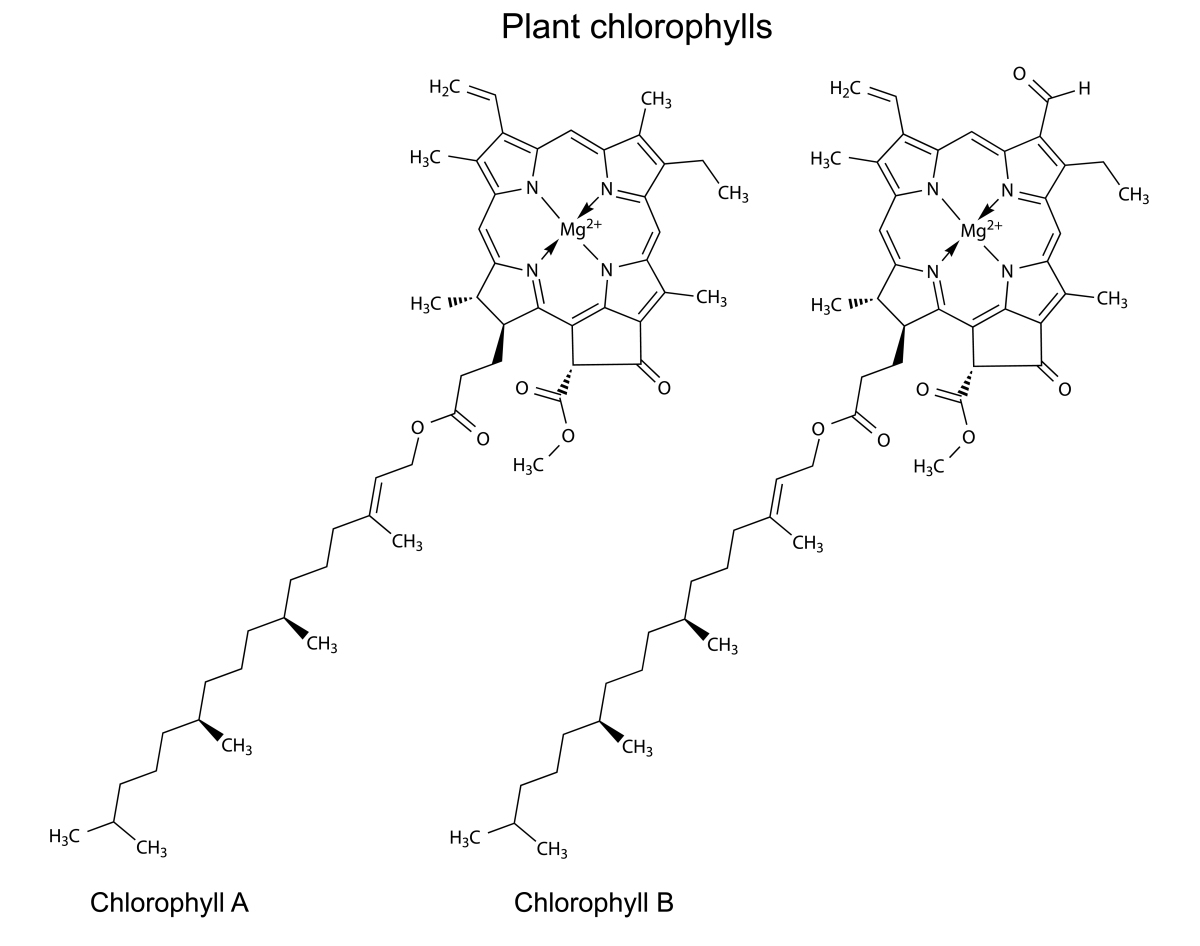
They differ slightly in their structure, but for the purpose of this course we don’t need to differentiate them. We can see from the structure that chlorophyll is mostly non-polar. It is therefore able to make intermolecular forces of attraction with phospholipids in the thylakoid membranes. There, dozens of chlorophyll molecules collect with other lipids and proteins in structures called photosystems.
 Why is shape important in Biology?
Why is shape important in Biology?
In Grade 11 Biology you saw that alveoli in the lungs and villi in the small intestine have a shape that helps to increase their surface area. Likewise thylakoid shape increases the surface area of the membranes in a chloroplast.
Shape 17. What advantage might increasing surface area give a plant?
There are two photosystems important to know:
- Photosystem I (PS I) - the pigment and protein complex that is responsible for producing NADPH, and
- Photosystem II (PS II) - the pigment and protein complex that is responsible for producing the proton gradient required to produce ATP.
As the name suggests, the photosystems absorb light. They both absorb light at the same time, but remember that PS I and PS II are also coupled reactions within the light-dependent reactions.
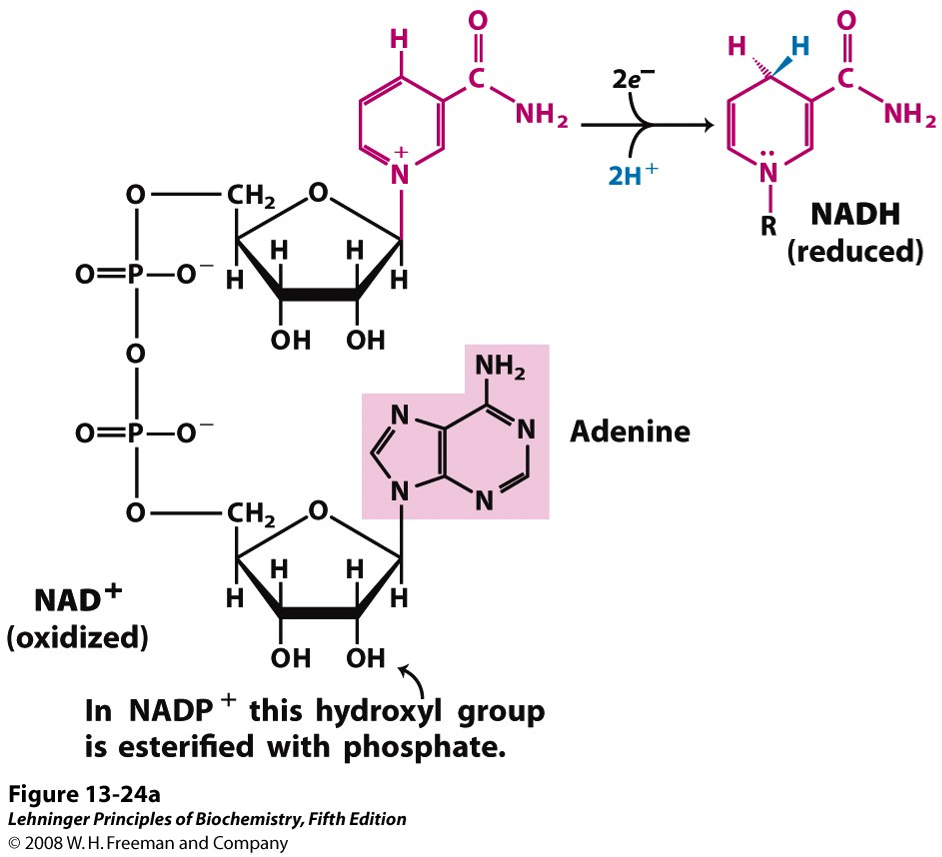
by MacMillan 2008
 Mapping out Photosynthesis
Mapping out Photosynthesis
As you explore this next interactive, look for details to add to your map of the steps in photosynthesis.
Photosynthesis
 How do small steps lead to changes?
How do small steps lead to changes?
Change 6. Why are PS II and PS I considered coupled reactions?
 Quiz
Quiz
Check to see if you understand the steps in the light-dependent reactions.
LightDependentReactions
Enzymatic Reactions
The light-independent reactions also occur in the chloroplasts. However, unlike the light-dependent reactions, the light-independent reactions occur in the stroma. As we saw earlier, the stroma is a gel-like fluid that contains enzymes and substrates for different reactions.
The light-independent reactions are sometimes called the Calvin Cycle after Melvin Calvin who first discovered the sequence of steps. There are 3 main phases in the Calvin Cycle:
- carbon fixation in which CO2 is combined with a 5-carbon molecule called ribulose-1, 5-bisphosphate, or RuBP,
- reduction of 3-phosphoglycerate, or 3PG, to the carbohydrate glyceraldehyde-3-phosphate, or G3P,
- regeneration of RuBP from G3P.
 Mapping out Photosynthesis
Mapping out Photosynthesis
As you explore this interactive describing the reactions in the light-independent reactions look for details to add to your map of the steps in photosynthesis.
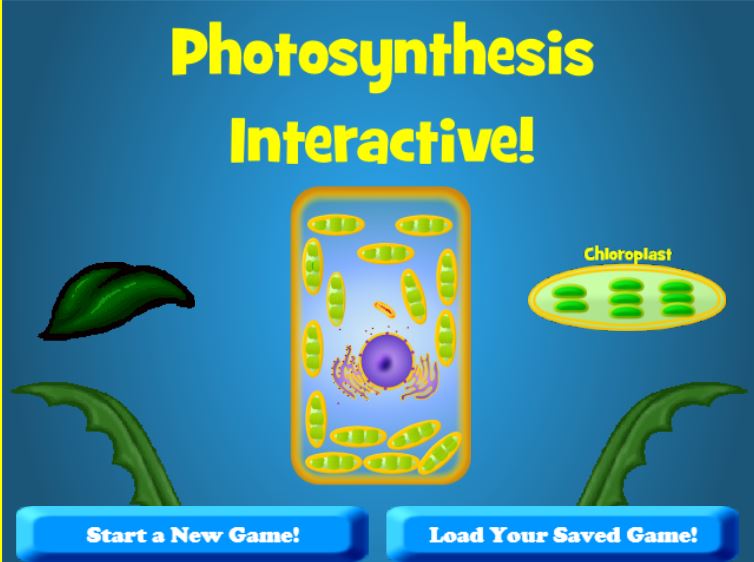
 How do small steps lead to changes?
How do small steps lead to changes?
Change 7. Explain why RuBP needs to be regenerated?
Plants with the ability to produce their own carbon molecules evolved early on in the history of eukaryotic life to become the dominant life forms across the planet. The diversity of environmental conditions in different ecosystems has, over time, lead to the tremendous variation in plant adaptations. Some adaptations help in seed dispersal. Others help in avoiding the damaging effects of herbivores. In the example of the monkey puzzle tree, the specialized leaves help it to capture water from the air.
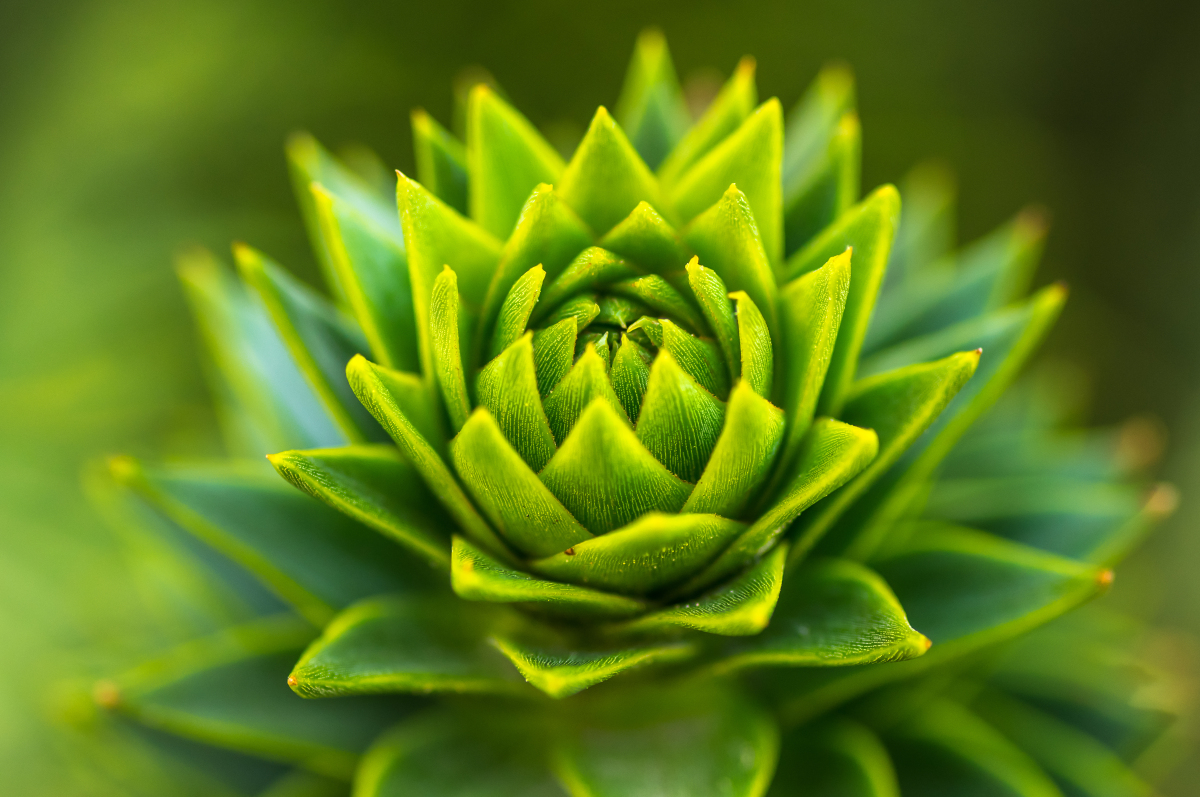
There are also adaptations in photosynthesis to different environmental conditions: low light levels in the shade, short growing seasons in the near-arctic and near-antarctic zones, wet and dry monsoon seasons, and arid conditions found in deserts or at high altitudes. Other adaptations exist in non-vascular plants, plant-like protists and photosynthesizing prokaryotes.
 Why is shape important in Biology?
Why is shape important in Biology?
Find an example of an adaptation in photosynthesis. What structures or reactions have changed compared to the metabolic process we have studied here? How does this adaptation to make photosynthesis more efficient in this case?
 Quiz
Quiz
Check your understanding of the Calvin Cycle with the following interactive.
CalvinCycle
 Steps in Photosynthesis
Steps in Photosynthesis
Both the light-dependent and light-independent reactions are summarized here. As you watch the following video, review your map of the steps in photosynthesis to see if you have complete details.
Rate of Photosynthesis
The importance of photosynthesis in food chains is clear. The ecological services (definition:the direct and indirect benefits of the contribution of ecosystems to human well being.) of this metabolic process includes the storage of energy in the biological molecules of plants as well as the the production of oxygen needed for aerobic organisms like humans. In addition, photosynthesis on land and in oceans helps to remove CO2 gas from the atmosphere. You can see how photosynthesis changes the level of CO2 in the atmosphere in this video.
 Quiz
Quiz
Check your understanding of photosynthesis with the interactive below.
PhotosynthesisQuiz
CONSOLIDATION
Summary
- the thylakoid membranes contain molecules that use light energy to produce products for the light-independent reactions;
- energy is converted from light energy to potential energy in the proton gradient and then to potential energy in biological molecules; and
- the rate of photosynthesis is controlled by many factors.
 Mapping Out Steps in a Process
Mapping Out Steps in a Process
In this Activity you have learned details to describe the steps in photosynthesis.
Using good organization skills, check over your map of the steps in photosynthesis.
Your flowchart should include these concepts and details:
- location in the organelle the reactions occur,
- the type of biochemical reactions or cellular transport,
- the substrates and products for the overall process,
- vocabulary and terminology that allow you to demonstrate your understanding.
Ask yourself these big questions as a way to monitor and improve your work:
- Is the information I have presented a complete representation of my learning?
- Is the information I have presented correct?
- Have I fulfilled the requirements of the task?
- Are the steps I describe organized in the correct order?
 How does understanding change?
How does understanding change?
Understanding 23. How has learning about photosynthesis enhanced your understanding of enzymes, types of reactions and biological molecules? Use specific details about the metabolic processes in photosynthesis in your answer.